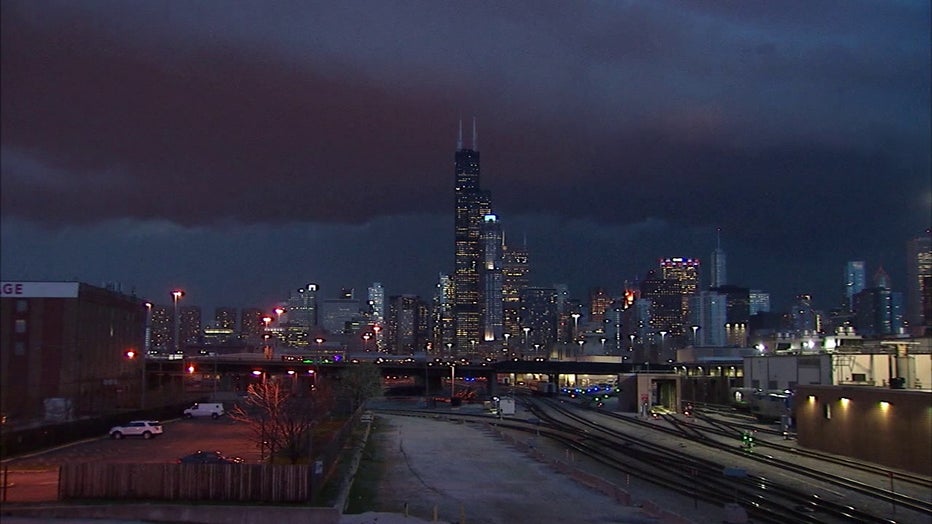Could climate change be contributing to the frequency of large hail in Chicagoland?

Could climate change be contributing to the frequency of large hail?
Last year was one for the record books for the Chicago area when it came to tornadoes and severe weather reports. In a FOX 32 Special Report, Chief Meteorologist Emily Wahls examines how 2024 is stacking up.
CHICAGO - Last year was one for the record books for the Chicago area when it came to tornadoes and severe weather reports.
In a FOX 32 Special Report, Chief Meteorologist Emily Wahls examines how 2024 is stacking up.
"We’re starting to ramp down the peak of severe weather season, but I think there’s going to be a lot of insurance companies that are going to be feeling the pain this year," said Victor Gensini, professor of meteorology at Northern Illinois University.
Gensini notes that it’s been a busy year across the U.S. not only for tornadoes but also for significant hail and severe winds. Fortunately for the Chicago area, it hasn’t been as busy as 2023.
"So far this year, we’ve been fortunate in the fact we really haven’t had a whole lot of the really extreme severe weather," said Zachary Yack, a meteorologist with the Chicago National Weather Service. "Last year by this time, we had already confirmed several tornadoes and even a lot of wind damage, mainly from the March 31st event (2023), but this year, we’ve been fairly tame."
Yack says much of the severe weather action has been to the west and southwest in places like Texas, Oklahoma, Iowa, and Nebraska. Chicagoland appears to be experiencing a fairly average year for severe weather.
"So far, we’ve kind of been on par with where we typically expect our season to be," Yack said.

Severe weather over Chicago.
When considering the entire state of Illinois, it’s been a more active year. Illinois State Climatologist Trent Ford explained.
"It’s been busy so far," Ford said. "This year, similar to last year, we’ve seen severe weather in every month."
Ford says Illinois isn’t quite at the number of tornadoes seen last year, but it’s been an active year for hail and damaging wind reports.
"It’s been a remarkably active hail year so far," Ford said. "So far we’ve had 158 severe hail reports."
As of early June, Ford noted that this has been the most hail reports on record for this point in the year in the last 24 years.
"To me, hail and damaging winds are a much bigger story because they’re way more frequent," said Gensini. "If I survey 100 people in an audience and ask them if they have seen a tornado before, very few hands go up. And I say how many of you have seen large hail before? Everybody’s hand goes up."
According to Gensini, hail produces 10 to 15 times more in insured losses every year than tornadoes do.
"Insurance and re-insurance companies have actually come to us asking what is going on with hail over the last decade," Gensini said. "How can we better predict hail? How do we understand the environments that produce hail?"
The benchmark for hail to be considered severe is when it is the size of a U.S. quarter, about 1 inch in diameter. That type of hail can damage roofs and dent cars.
Research indicates that both the frequency and size of hailstones are increasing, but the exact reason remains unclear.
"We don’t know for sure. We think the updrafts in thunderstorms are getting stronger," Gensini said. "We think the changes in climate are supporting these stronger updrafts, which then can support larger hail."

